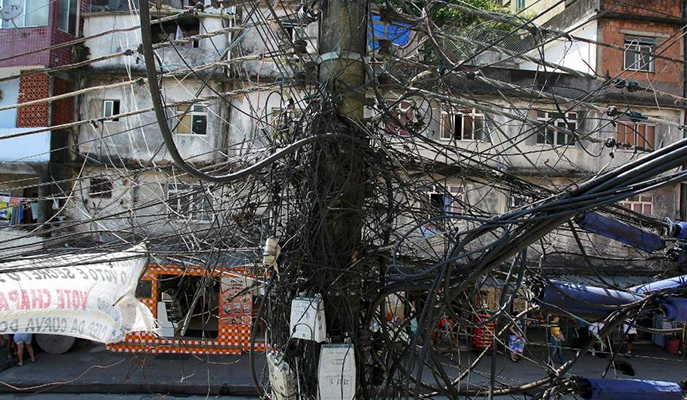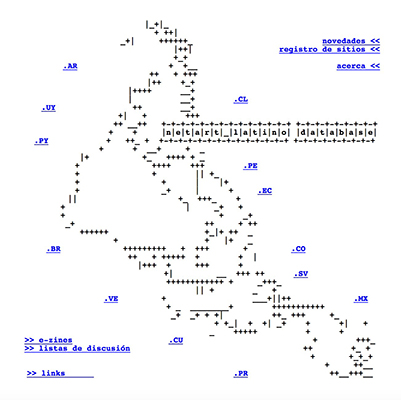
Technoesthetics and Disobedience: Imagination and Technical Invention at the Dawn of Industrialization 4.0 in Latin America
- Project Holders: Jorge Sosa
- PhD thesis
- 2022 - Running
- Director: Céline Morin – Marta Severo
- Commanditaires: Dicen-IDF
- Contact: Jorge Sosa
- Cooperation, Editorialization, Mediation
Jorge Sosa’s thesis “Technoesthetics and disobedience: Imagination and technical invention at the dawn of Industrialization 4.0 in Latin America” includes three case studies. One in Brazil, the second in Argentina, the last in Mexico.
Key Concepts
Imagination, invention, Industrialisation 4.0, Techno-aesthetics, epistemological disobedience
Field of study / Corpus
For this research, we have chosen three case studies: the Brucutu mine located in Minas Geria (Brazil), operated by the mining multinational Vale; the PLA S.A. precision agricultural irrigation machine assembly company, located in Santa Fe (Argentina); and finally, two smart German car factories of the Audi (San José de Chiapa) and Volkswagen (Cuautlancingo) brands located in the state of Puebla (Mexico). Born out of a German government project called Industry 4.0., the digital revolution in Latin American industry is finding itself crystallised around the free trade agreement between Mexico and the European Union, which has been in force since 2000, and which will provide a very telling example for our study. This Industry 4.0 would be driven by cyber-physical systems linking AI, data processing and robotics via the Internet of Things. The Volkswagen plant in Cuautlancingo, for example, uses collaborative robots (cobots) that control and measure the production area in an automated manner, collecting data and processing it in real time via the Internet of Things.
Conceptual Framework
The modern history of Latin American countries has often been punctuated by the import, sometimes beneficial, sometimes traumatic, of a model of technological development designed by traditionally richer countries. However, this technological import cannot be dissociated from its impact on the imagination of Latin American societies, i.e. on the way in which these individuals imagine their world and the possible ways of interacting with it through these technologies. The Fourth Industrial Revolution (4IR) project, recently advocated by the Economic Commission for Latin America and the Caribbean (ECLAC), would thus constitute a new attempt to adopt a development model in the region. Inspired by a project to digitalise industry in Germany (2011), this digital revolution is based on “cyber-physical systems”, interweaving “physical” and “cyber” operations through the implementation of a range of information technologies (e.g. AI, IoT, Big Data, cobots, etc.). Given the historical disjunction between the discourse of technological development and the actual forms of adoption of this technology in the region, what is the technical imagination, conveyed by the Fourth Industrial Revolution and what would be the modes of cultural appropriation of these technologies?
Theoretical framework
Imagination has become a social field of negotiation between sites of agency in a world globalized by ICT.(A. Appadurai). Thus, by adopting a “techno-aesthetic” perspective (G. Simondon), this study aims to thematise the imagination involved in the modes of functioning, perception and uses (affordance) induced by the technologies of the Fourth Industrial Revolution. This techno-aesthetic approach will have to be situated in the history of a modernizing discourse of development that has contributed to mask the existing fracture between transnational commercial interests and the real form of cultural appropriation of these technologies in Latin America (J.M. Barbero). Finally, this research is inscribed in a decolonial posture aiming to highlight gestures of technical diversion that “disobey” (W. Mignolo) the modernizing paradigm by conceiving other histories based on the invention of other technological imaginations.
Methodology
This work proposes a techno-social and techno-aesthetic study divided into three parts. First, we will elaborate a theoretical framework to analyse the technical imagination based on paradigmatic cases of the Fourth Industrial Revolution. We will then carry out a socio-technical (sociology of uses) and techno-aesthetic (ethnography of design) study of the protocols of technical imagination at work in the Fourth Industrial Revolution, focusing on particular cases. Finally, we will list and analyse cultural practices that may be relevant to the modes of invention of other technical imaginations.







Légendes
- The 4 Industrial Revolutions (by Christoph Roser at AllAboutLean.com)
- Qu’est-ce que l’Internet industriel des objets (IIoT) ?, dans TIBCO:
https://www.tibco.com/fr/reference-center/what-is-industrial-internet-ofthings-iiot - INDUSTRIA 4.0 Manufactura en México, Published on Nov 5, 2019:
https://issuu.com/mexicoindustrynews/docs/suplemento_digital_industria_4.0_fi_8d65122592d265 - Le Caterpillar 793F peut transporter jusqu’à 226 tonnes de marchandises dans sa benne Caterpillar/Divulgation
- À l’intérieur de la salle de contrôle, les opérateurs surveillent toute la locomotion des camions à l’intérieur de la mine Vale/Divulgação
- Enchevêtrements denses de connexions clandes3nes de câbles à Rocinha, Rio de Janeiro
- Carte inversée. Net.Art La3no Database, Brian Mackern
